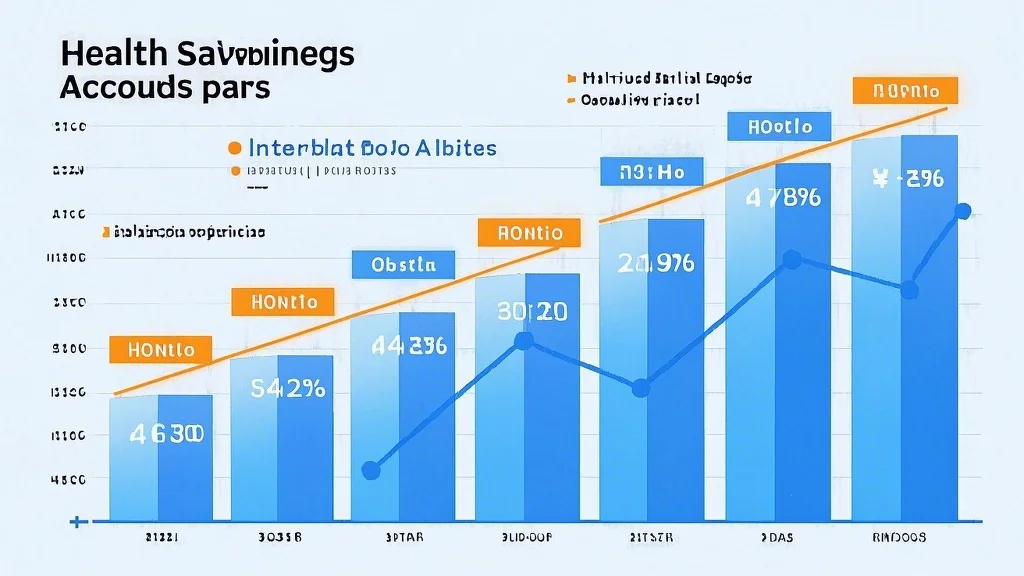Introduction to Tax-Loss Harvesting in Gold Investments
Tax-loss harvesting is a powerful strategy that allows investors to turn market losses into savings, significantly impacting taxable accounts. By selling underperforming assets like gold, investors can offset capital gains or income, reducing overall tax liability. This approach is particularly valuable in a gold portfolio, where prices fluctuate, offering opportunities to capitalize on losses.

For instance, suppose you purchased gold at $1,500 per ounce but later its value dropped to $1,200. Selling at this lower price triggers a $300 loss, which can offset gains from other investments. This offsets not only long-term gains (taxed at lower rates) but also high-taxed short-term gains.
Understanding holding periods is crucial. Gold held over a year qualifies as long-term, with lower tax rates. Tax-loss harvesting maximizes savings here. However, timing is key; realize losses before year-end to utilize them for the current tax year.
Strategies for Tax-Efficient Gold Management
Claim Losses on Underperformed Gold: Identify gold positions that have depreciated and sell them to capture losses.
Offset Capital Gains: Use realized losses against gains from other assets to reduce taxable income.
Leverage Wash Sales (with Caution): Selling gold and repurchasing within a short timeframe may disallow losses. Check IRS guidelines to avoid penalties.
Advanced Techniques and Considerations
Tax-Loss Cycles: Systematically harvest losses during tax-loss seasons to maximize savings without disrupting portfolio balance.
Enhancing Portfolio Efficiency: Rebalance yearly by selling high-loss gold, using proceeds to reinvest in other areas. This enhances returns and risk management.
IRA Considerations: Evaluate IRS rules on gold within IRAs, as holding periods and treatment vary. Ensure strategies align with retirement account policies.
Key Considerations
Adhere to IRS Rules: Avoid disallowing losses by respecting the wash sale rule. Ensure no immediate repurchase of the same asset within a 30-day window.
Diversify Your Portfolio: Avoid overexposure to gold. Maintain a balanced portfolio with other assets, considering market volatility.
Consult Professionals: Work with tax advisors or financial planners to navigate complexities and tailor strategies to individual needs.
: Strategic Planning for Tax Savings
Tax-loss harvesting offers substantial benefits, but success hinges on strategic planning. Evaluate asset performance, holding periods, and tax implications to effectively implement this strategy. Consider potential risks and consult professionals to ensure compliance and optimize tax efficiency. Remember, a well-thought-out plan is essential for maximizing tax savings and enhancing your financial strategy.
This guide provides foundational knowledge and strategies for effective tax-loss harvesting in gold investments, aiding investors in making informed decisions and optimizing their financial outcomes.




